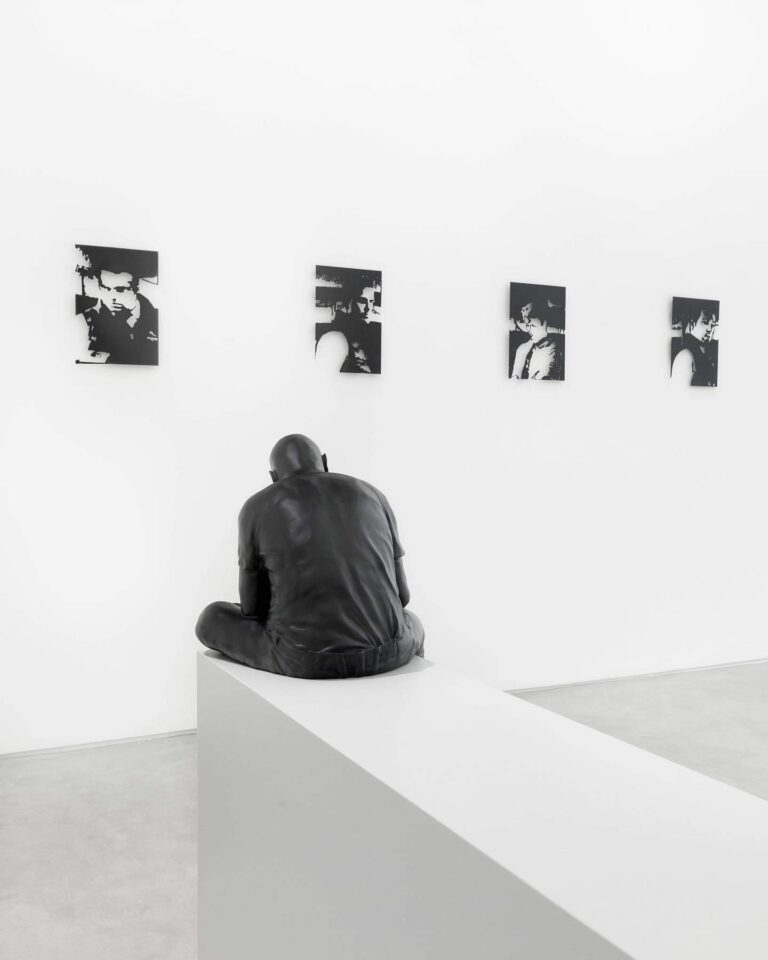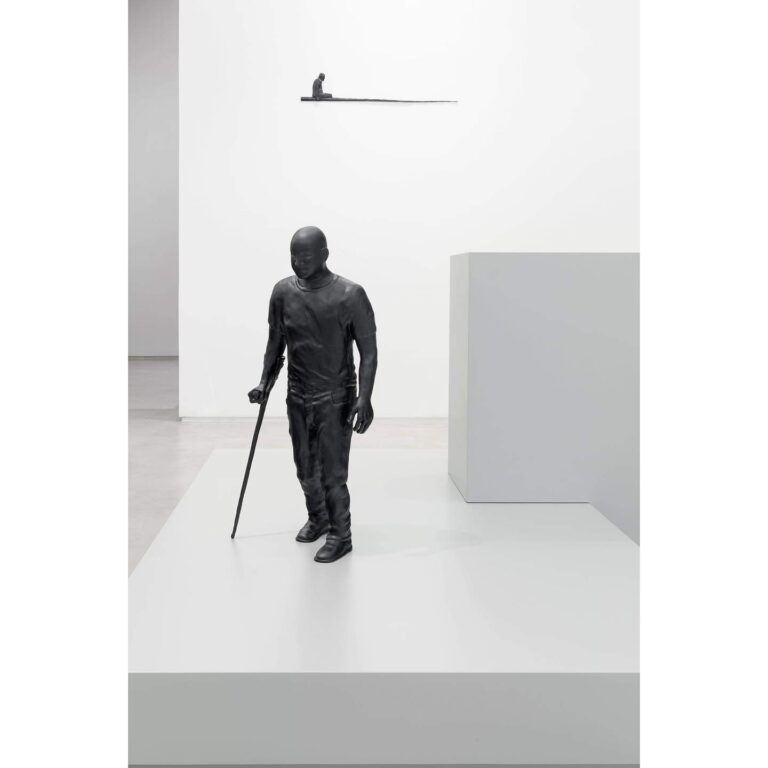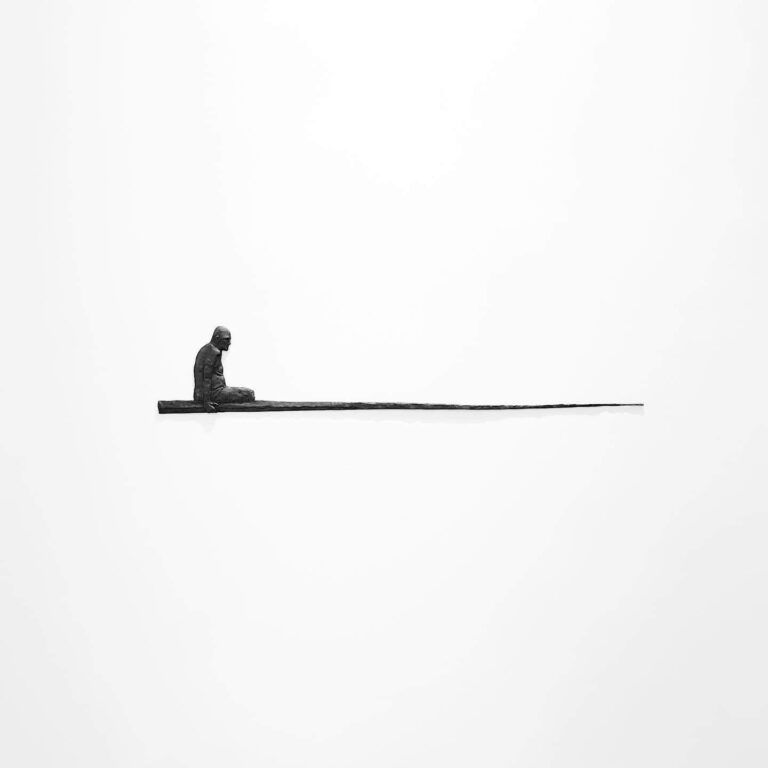“Solitude shows the original, the beauty
daring and surprising, poetry.
But loneliness also shows the opposite,
the disproportionate, the absurd and the illicit.”
Death in Venice, Thomas Mann
It was in the 90s that the artist Gustavo Rezende spent a season in the city of Venice, surrounded by water, art and history. For an entire autumn he lived in the Zattere neighborhood, where Pensione Seguso is located, and developed ideas and projects there. There, a platonic love for the Italian city he sometimes visited was created, platonic in the real sense imposed by the Greek philosopher, who described love as the way that leads us to know the essence of things, the pure forms that exist in the world of ideas. Thirty years passed for Rezende to return to the scene of the creative crime. In a restaurant next to Pensione Seguso, he has now taken to photographing overnight with his cell phone. Thus, the series entitled this exhibition at Verve Galeria was born, the artist’s first in the space that will represent him in the São Paulo circuit.
The show highlights the changes that occurred in its production between these two periods, also invading the physical space around the pension and the transformation of the region, including as a multicultural society. The Venetians and Rezende’s own face and silhouette leave the scene, which is replicated in other of his renowned series, including productions present in this same show, to enter the face of other peoples, who now live and work in the city. The solitude of the eyes of such characters resists there – not as a synonym of sadness, but self-absorbed, almost delusional and encompassed in this tourist destination that personifies the transit of people from all over the world.
It is through such captured images that the artist still finds a new style to be dismembered. On metal sheets, he creates such stenciled profiles, which appear on the gallery walls in six human elements, like spontaneous portraits. The old city is revised in contemporary ways, in a pop genre used in urban walls as a way of contrasting the old and the new.
The contemplation and the absorbed look are the link that structure the show, in a connection between the three-dimensional (or tending towards the three-dimensional, as in Relevo Laguna) and the two-dimensional. Its iconic characters, often referred to as Maxwell, also appear introspective in their own universe, be it virtual, when facing the screen of a cell phone, or even in historical forms, as in Maxwell vindo [Maxwell comming], a sculpture that reminds us of the elongated surrealist bodies created by Giacometti. The reflective gaze hovers both over the works productions, resulting from almost two pandemic years in which we were forced to live from our memories in a cloistered way, and over the spectator, who now finds himself back in public spaces, still under surveillance, but with certain power of interaction.
The investigation of the everyday universe, one of the outstanding features of Rezende’s work, remains present, in a meticulous study that articulates a particular geography to human experience. There is an interesting encounter between techniques and narratives used by the artist, who develops a place where the various references that constitute his work, such as art history, literature and cinema, are invoked, creating an ambience. Another interesting factor that adds to this creation of the exhibition environment is the presence of water: either the one that surrounds the city of Venice or the one that reflects the very image of Rezende’s characters, in narcissistic positions that are lost when finding the reflection. It is in this distracted solitude that the two opposites live, the beauty and the absurdity of life and art.








